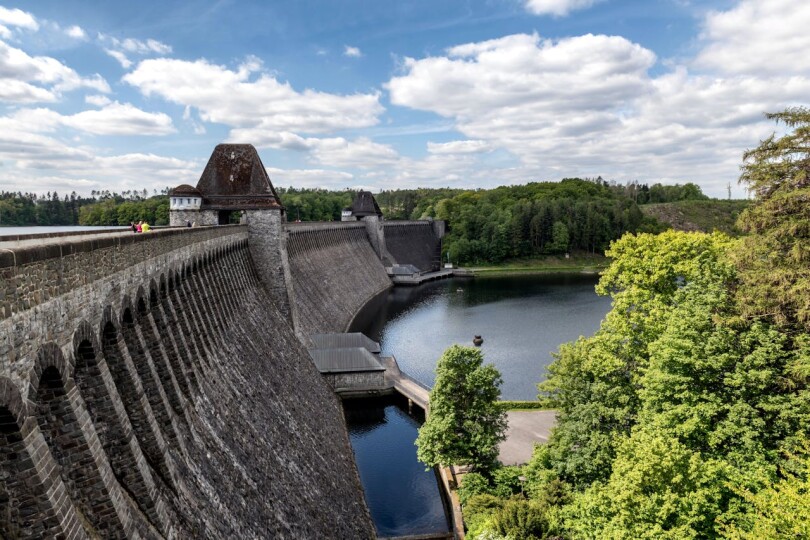3 Innovations from the International Horticultural Expo.
29 Apr 24
Enviro ChatThe Global News Source for the World of Science and Chemicals
19 April 2024
Enviro Chat
The twin phenomena of global warming and climate change have increased awareness surrounding our environmental obligations, with most governments around the world agreeing on the need to transition to sustainable sources of power generation.
But while green energy does produce lower (or no) emissions, it’s also generally intermittent by its very nature. The sun doesn’t always shine and the wind doesn’t always blow, meaning that many sustainable power sources are not dependable 24 hours a day, 365 days a year. As a result, it’s necessary to store power generated during times of plenty so that it can be used when energy is in demand.
Traditionally, energy storage has taken the form of pumped hydro energy storage, known as PHES or sometimes just PHS. In this model, renewable energy is used to pump water up a slope to a top reservoir when demand is low and supply is high. Then, when extra energy is required, the water is released and, using the power of gravity, it is directed through a turbine at the bottom of the slope to generate electricity, before being stored in a bottom reservoir for further use.
While PHES has served its purpose well, it does have several drawbacks. Firstly, the power required cannot be accessed instantly, since the turbine must be turned and the kinetic energy converted into electricity. What’s more, its efficiency rating could theoretically be improved upon, while it can also be susceptible to outages, as well. It is for these reasons that the scientific community has been developing a battery-focused alternative.
This system, known as a battery energy storage system (BESS), replaces the reservoirs with industrial-sized batteries. Of course, it is not without its own challenges, since the precious metals present in batteries are difficult to mine and in finite supply. Nonetheless, BESS does provide greater efficiency and lower outage rates than PHES, making it more attractive for some applications.
Given its position at the forefront of sustainable technologies, it’s little surprise that the UAE is exploring both of these methods of energy storage. For example, the Dubai Electricity and Water Authority (DEWA) is currently in the process of building a 250MW PHES plant which is expected to become operational sometime next year.
At the same time, the Emirates Water and Electricity Company (EWEC) has recommended that the country should install 300MW of BESS capacity by 2026. With that in mind, it has opened up an expression of interest (EOI) period for developers to become involved in a planned 400MW BESS plant in the country. Given that the project is still in its early stages, it’s not yet clear when EWEC expect it to become operational.
In any case, the proposed site is a crucial part of the puzzle for the Emirati utility. EWEC has set a target of increasing solar photovoltaic capacity to 7.5GW by 2030. For context, the country was estimated to have some 2.3GW of renewable energy capacity installed in 2020, with over 90% of that generated by solar PV farms.
DOWNLOAD PDF

2 Day Seminar Program
@ ArabLab+ 2024
24 & 25 September 2024
22 Apr 24
Lab ChatYour stay in Dubai
Labkit
Product News
Chemkit
Product News
Thinking about exhibiting at ARABLAB 2024? Watch our video to find out more.
Join the world’s leading organisations…
Join our mailing list and receive the ARABLAB newsletter and event updates.